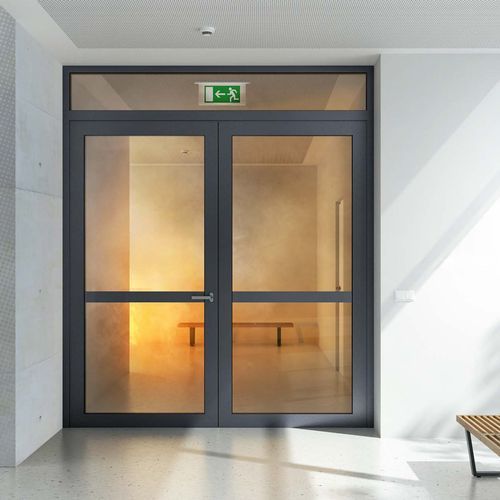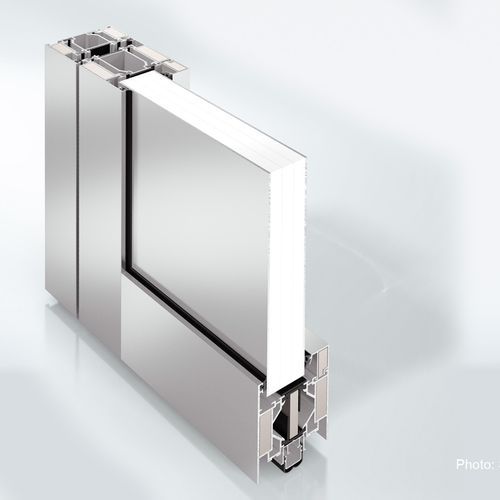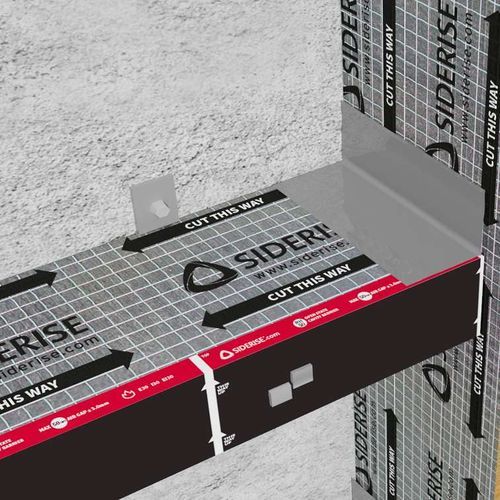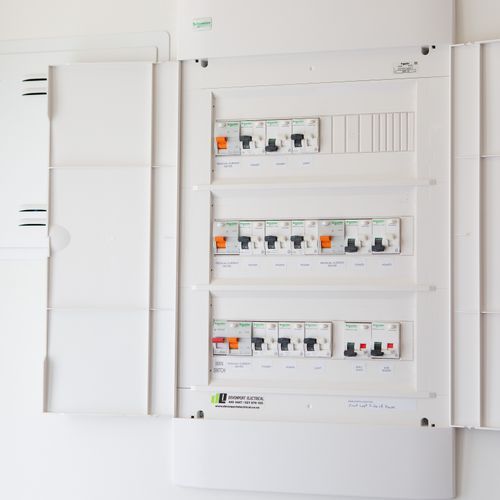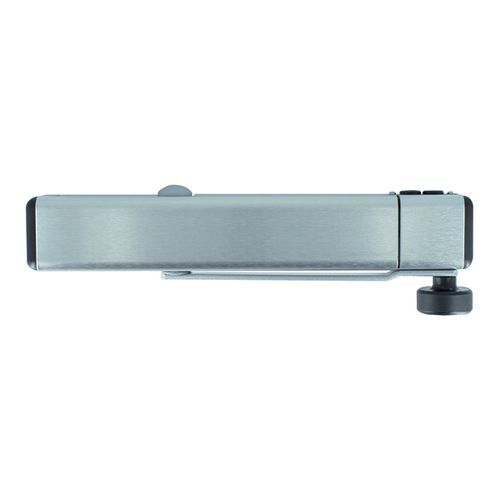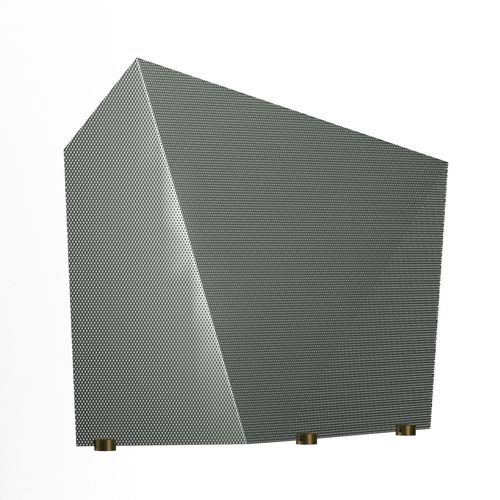Fire Safety
- Fire safety is a key component of any building today, whether residential or commercial, although the standards are more complex for commercial structures. Fire safety measures, such as smoke detection systems, sprinklers, smoke and fire alarms can be incorporated during construction or retrofitted to existing buildings. They can be simple manual fittings, or complex automated systems, depending on the purpose, need and size of the building..
Why ArchiPro?
No more endless searching -
Everything you need, all in one place.Real projects, real experts -
Work with vetted architects, designers, and suppliers.Designed for New Zealand -
Projects, products, and professionals that meet local standards.From inspiration to reality -
Find your style and connect with the experts behind it.Start your Project
Start you project with a free account to unlock features designed to help you simplify your building project.
Learn MoreBecome a Pro
Showcase your business on ArchiPro and join industry leading brands showcasing their products and expertise.
Learn More

